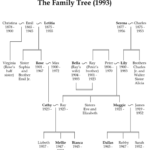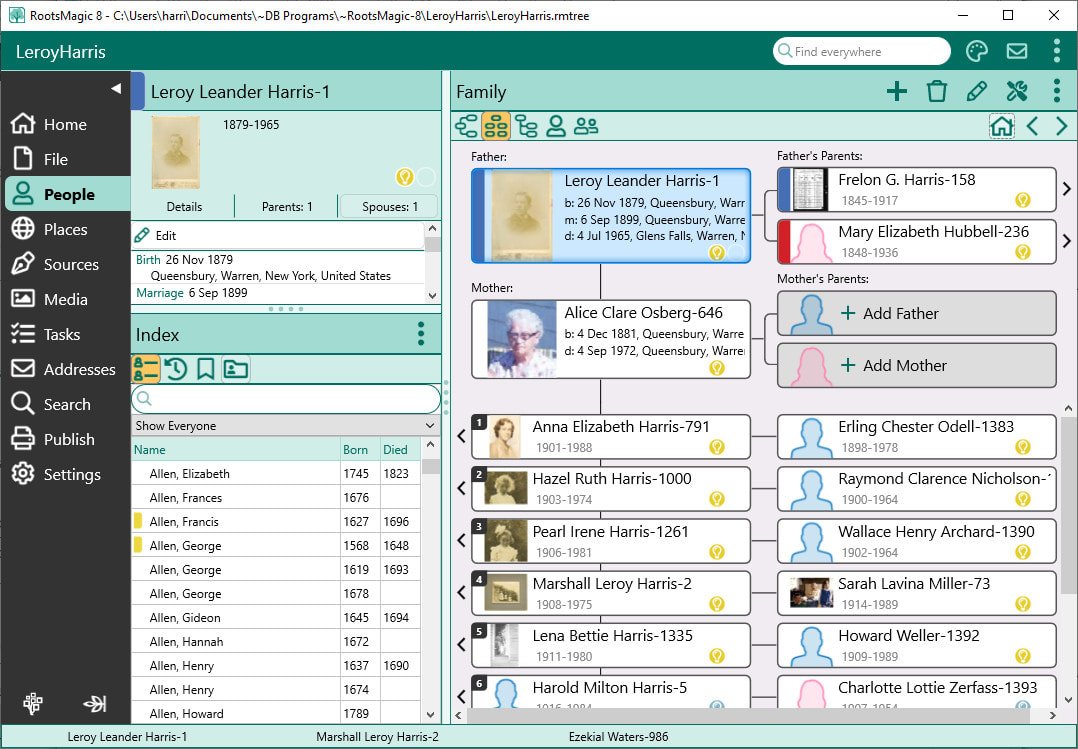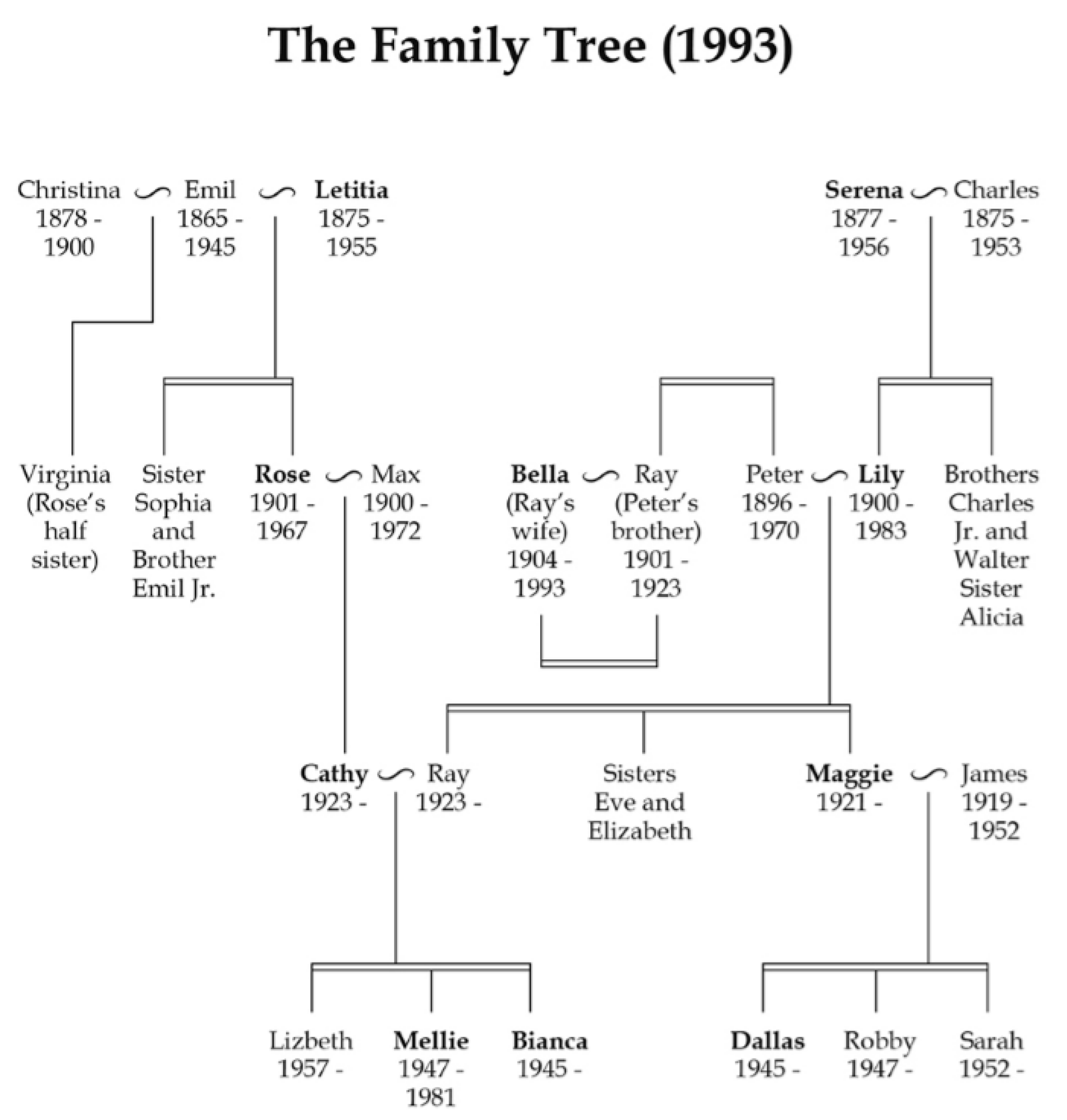Tracing your family history is an exciting and rewarding experience. However, to build an accurate family tree, it’s important to use the right tools for documenting family lineage. Whether you’re a beginner or an experienced genealogist, having the right resources can make the process much easier. In this blog, we will explore the best tools for documenting family lineage, from traditional methods to modern online platforms.
1. Family Tree Software
Family tree software is one of the most popular tools for documenting family lineage. These programs allow you to create digital family trees with ease. Many of them have features like charts, reports, and the ability to upload photos and documents. You can track your family’s history across generations and visualize your ancestry in a way that’s easy to understand.
Some popular family tree software includes Family Tree Maker and Legacy Family Tree. These tools provide simple interfaces and powerful features that make genealogy research more efficient. With these programs, you can store information about birth dates, marriages, and even stories about your ancestors. They also offer the option to share your family tree online with others, making collaboration easy.

2. Genealogy Websites
Genealogy websites are another excellent tool for documenting family lineage. These platforms offer access to vast databases of historical records, including census data, birth certificates, and immigration records. Websites like Ancestry.com, MyHeritage, and Findmypast allow users to search millions of records, helping you verify facts and discover new information about your family history.
Many of these websites also offer family tree-building tools, allowing you to create and organize your family tree directly on their platform. Additionally, some of them provide DNA testing services to help verify your lineage. By using these websites, you can easily trace your ancestry, confirm family connections, and discover relatives you never knew existed.
3. Online Family Tree Builders
Online family tree builders are specifically designed to help you document your family lineage quickly and easily. These platforms allow you to create a family tree without the need for any software installation. Popular examples include Ancestry.com’s family tree builder and Geni.com.
These online tools are user-friendly and often include features like hints and suggestions to guide your research. For instance, Ancestry.com will automatically suggest records related to people in your family tree. This makes it easier to find the right documentation and ensure your family lineage is accurately recorded.
4. DNA Testing Kits
DNA testing is one of the most modern and powerful tools for documenting family lineage. By taking a DNA test, you can learn more about your ethnic background and discover relatives who share the same genetic markers. Companies like 23andMe, AncestryDNA, and MyHeritage DNA offer comprehensive tests that reveal your genetic origins.
These tests can help verify connections in your family tree, especially if you’re struggling to find traditional records. DNA testing can also help you trace your roots back to other countries and uncover previously unknown ancestors. Many people find that DNA testing is an essential tool for filling in the gaps in their family history.
5. Archives and Public Records
Public records are another important tool for documenting family lineage. Archives, whether online or physical, often contain vital records such as birth certificates, marriage licenses, and wills. You can visit local government archives or use online services to search for these documents. Websites like FamilySearch.org provide free access to a wide range of public records.
Public records help verify the accuracy of your family tree by providing hard evidence. For example, a marriage certificate can confirm the names of your great-grandparents, while a will can provide insights into the lives of earlier ancestors. Using these resources can ensure that your family history is as accurate and complete as possible.
6. Genealogy Societies and Forums
Genealogy societies and online forums can also be valuable tools for documenting family lineage. Joining a local or national genealogy society gives you access to a network of experienced researchers who can provide advice and share resources. These societies often have exclusive records, publications, and workshops that can aid your research.
Online forums, like the ones found on Reddit or genealogy-specific platforms, are also great places to connect with others. You can ask questions, share information, and learn about new tools for documenting family lineage. Collaborating with others can often lead to new discoveries and help you break through brick walls in your family history research.
7. Digital Scanners and Document Management Tools
To document your family lineage thoroughly, you’ll want to preserve physical records such as photos, letters, and certificates. Using a digital scanner is a great way to digitize important family documents, making them easier to organize and share. Tools like Evernote or Google Drive can help you store these scanned images, ensuring they are protected and accessible from anywhere.
By scanning old photos and documents, you can create a digital archive of your family’s history. This not only helps preserve these valuable records but also makes it easier to share them with relatives or future generations.
Conclusion
Documenting family lineage is a fascinating process that can help you uncover your family’s past. With the right tools, you can easily trace your ancestry and create a detailed family tree. Family tree software, genealogy websites, online family tree builders, DNA testing kits, public records, genealogy societies, and digital scanners are all excellent tools for documenting family lineage. By combining these resources, you can build a comprehensive family history that you and your descendants will cherish for years to come.











